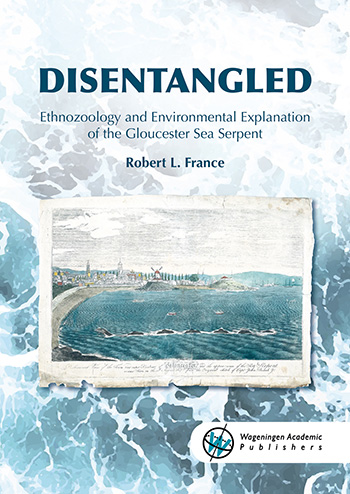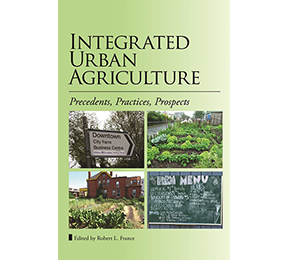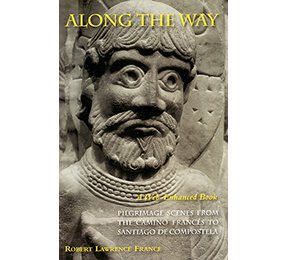Why the Gloucester Sea Serpent is unique and of importance
- Observed by thousands of people over extended periods, it is the most sighted ‘sea serpent’ in history, and is therefore impossible to dismiss a priori as being illusory
- Became the most thoroughly investigated ‘sea serpent’ of all time by natural historians
- For these reasons it is championed by cryptozoologists as being the very best-documented evidence for the existence of sea serpents
- In reality, the observed unidentified marine object (UMO) provides the gold-standard test for reinterpreting imaginary sea monsters as evidence for real environmental threats to marine fauna
Why this book is different from all others published on aquatic ‘cryptids’
- Written by a leading environmental scientist having expert knowledge and numerous publications on aquatic ecology and conservation biology
- Published by a reputable academic press with a specific focus on scientific rigor
- The most technically detailed and comprehensive examination ever undertaken for any purported sea serpent
The Definitive Study and Solution to the Centuries-old Mystery of the World's Most Sighted Sea Serpent
There is a long history of conflating sightings of unidentified marine objects (UMOs) with purported sea serpents. Most sightings are either of an extremely brief duration or made by a single observer, and thus are often easy to dismiss. This is not the case, however, with respect to the so-called Gloucester Sea Serpent which frequented the Massachusetts and New York coasts during the early nineteenth century. Witnessed by hundreds, and possibly thousands, of people for extended periods repeatedly over many days, the Gloucester UMO is the most sighted ‘sea serpent’ in history. As well, due to being the object of study at the time and shortly thereafter by naturalists, the mysterious creature remains the most thoroughly investigated of all putative sea serpents. For these reasons, it has achieved an exalted status among cryptozoologists who maintain it represents the best evidence for the existence of sea serpents. For the first time, an eminently qualified aquatic biologist and ethnozoologist presents the definitive history of the phenomena, and carefully examines the evidence. It is concluded that the most parsimonious explanation behind the Gloucester Sea Serpent is as early evidence for what is today recognized as being one of the most serious threats to marine biodiversity: entanglement in fishing gear and other maritime debris. Therefore, although entanglement is widely considered to be restricted to the advent and widespread use of non-degradable plastic in the middle of the twentieth century, this new interpretation of the Gloucester UMO suggests that this particular repercussion of marine pollution has a much longer environmental history than has been commonly believed.



